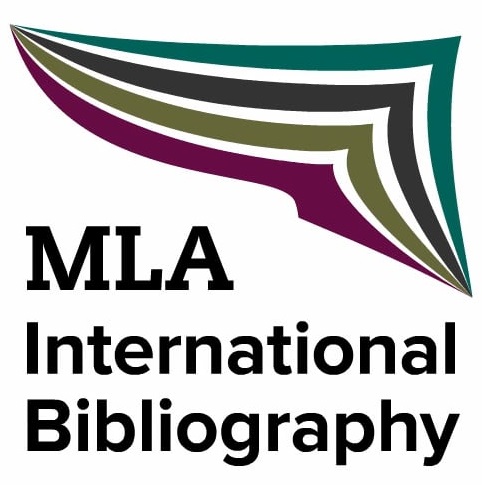Estetiche di mondi naufragati
De Martino, Mingozzi, Rouch e Godard
DOI:
https://doi.org/10.13135/2281-6658/12168Parole chiave:
Ernesto De Martino, Tarantism, Anthropology and Cinema, Jean-Luc Godard, Gianfranco MingozziAbstract
This article aims to analyze the aesthetic languages within The Land of remorse and between the films of Mingozzi and Godard, in the light of de Martino’s anthropological issues. The Land of Remorse represents one of Ernesto de Martino’s most interesting works also because of the number of aesthetic languages involved. Indeed, the first contact between de Martino and the phenomenon of tarantism was the photographs of André Martin. In particular, those of the chapel of S. Paolo in Galatina, where the tarantati appeared “as if clinging for a few moments to the debris of a wreckage surfacing on the waves of a stormy ocean”; the same places would return in Franco Pinna’s photographic dossier within The Land of Remorse. The first edition of the volume is accompanied by an LP with recordings of the healing music. In the same year, Gianfranco Mingozzi produced and screened La Taranta: de Martino signed the scientific consultancy of a film that, although not (intentionally) a documentary, nevertheless aesthetically and verisimilarly represents the phenomenon of tarantism, as a “cinematic double” of his book. Only a year later, Le Nouveau Monde was released in French and Italian theaters: produced by Jean-Luc Godard, this short film is permeated with that “sociological gaze” derived from his early interest in anthropology; it is significant that Godard, like Mingozzi, knew and appreciated Jean Rouch’s work on ethnographic cinema. Even his short film, like La Taranta, borrows certain stylistic features of documentary filmmaking to tell the story of a shipwrecked world, a “discreet” apocalypse that resonates with demartinian themes.
Downloads
##submission.downloads##
Pubblicato
Fascicolo
Sezione
Licenza
Gli autori mantengono i diritti sulla loro opera e cedono alla rivista il diritto di prima pubblicazione dell'opera, contemporaneamente licenziata sotto una Licenza Creative Commons - Attribuzione che permette ad altri di condividere l'opera indicando la paternità intellettuale e la prima pubblicazione su questa rivista.







